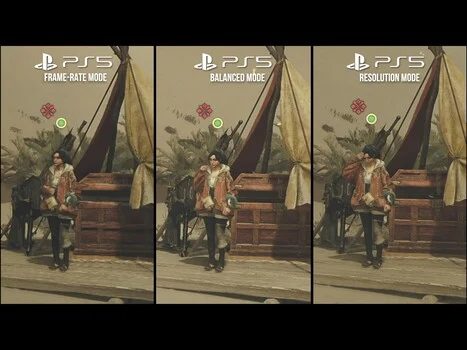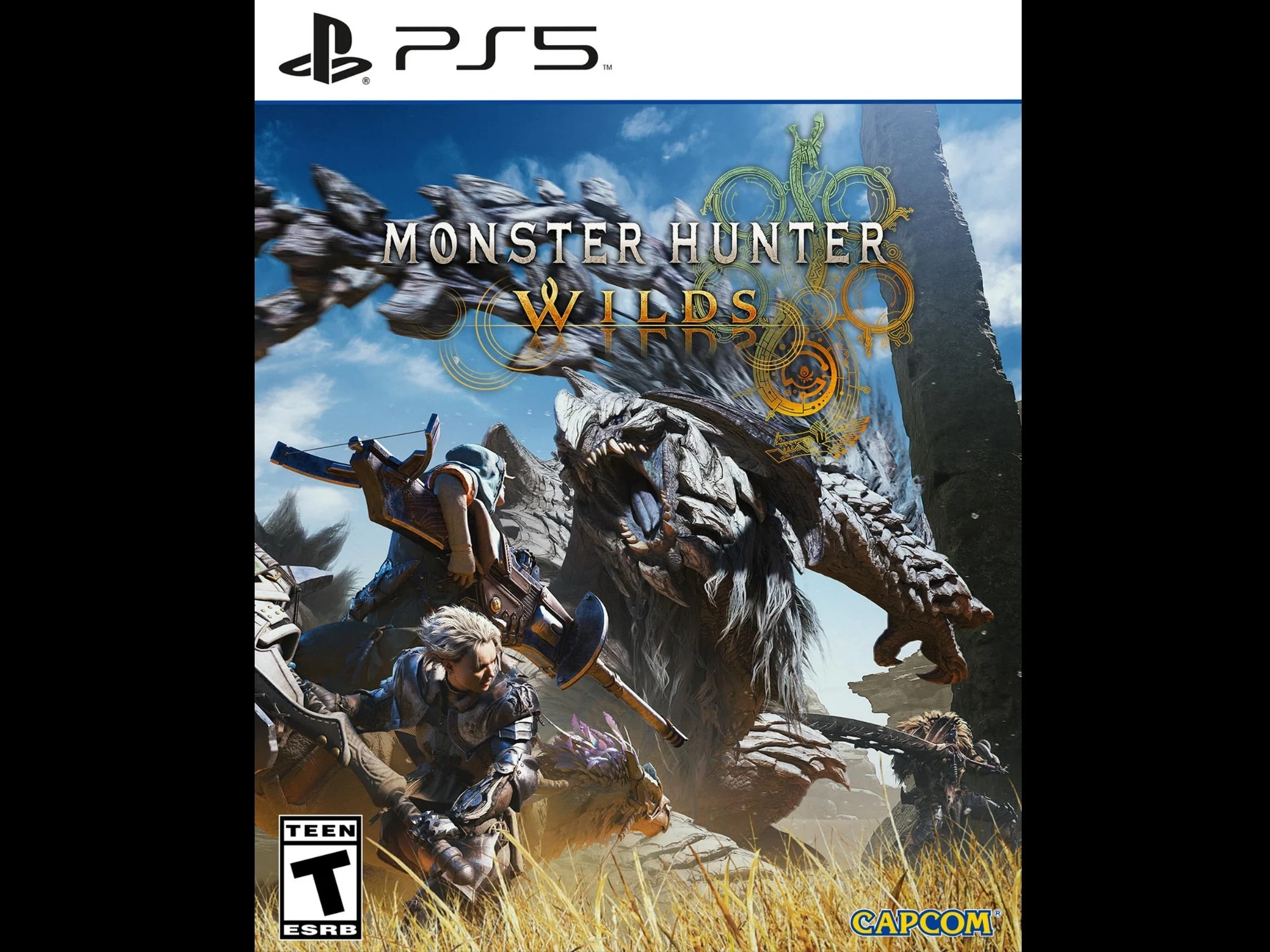Key Takeaways
1. Capcom reassured players that the open beta version of Monster Hunter Wilds does not reflect the final optimizations for the game, releasing on February 28.
2. The open-world design received praise for its vastness and vibrant environments filled with creatures and plants, offering a lively atmosphere.
3. Digital Foundry tested the game in three performance modes: Prioritize Resolution, Balanced, and Prioritize Framerate, with the Framerate mode providing the smoothest experience at 60fps.
4. Graphical issues persist, such as lack of low framerate compensation on PS5 and inconsistent lighting effects, affecting overall visual quality.
5. Despite earlier concerns from the beta, Monster Hunter Wilds has shown significant improvements, although the graphics may still not meet some fans’ high expectations.
The open beta for Monster Hunter Wilds has sparked worries about its performance. Capcom has assured players that the version they tested does not represent the latest optimizations. Now that reviews are out, gamers have a clearer picture of what to expect from the release on February 28. Digital Foundry has shared an in-depth technical assessment of the final versions for PS5 and Xbox. While the game’s intricate environments are impressive, a lack of sharpness often gives them a feel reminiscent of last-gen titles.
Open World Experience
Despite mixed performance feedback, Oliver Mackenzie commended the open-world aspect of Monster Hunter Wilds. The borders of the maps appear boundless, especially when compared to Monster Hunter: World. The environments are alive with a variety of creatures and plants, creating a vibrant atmosphere. Furthermore, animations live up to expectations, showcasing realistic movements from both hunters and monsters.
Performance Testing
Digital Foundry evaluated Monster Hunter Wilds in three modes: Prioritize Resolution, Balanced, and Prioritize Framerate. Generally, the framerate targets were achieved in each setting. The Framerate mode offered the most fluid experience, including an option for a cap at 60fps. However, blurry textures might tempt players to choose the 30fps or 40fps options in the other modes.
Graphical Concerns
Sadly, Monster Hunter Wilds fails to fully deliver on graphical fidelity. The PS5 appears to lack low framerate compensation (LFC), leading to sporadic choppiness. In contrast, VRR on the Xbox Series X performs better, contributing to smoother visuals. Mackenzie also noted issues with the game’s inconsistent lighting effects. While objects are vibrant in bright sunlight, many maps often seem dim and grainy, with peculiar reflections.
Before players think about canceling their pre-orders, it’s important to mention that Monster Hunter Wilds has improved significantly since the open beta. Still, the vast worlds and intricate monsters may not appear as stunning as some fans had anticipated.
Source:
Link



Leave a Reply